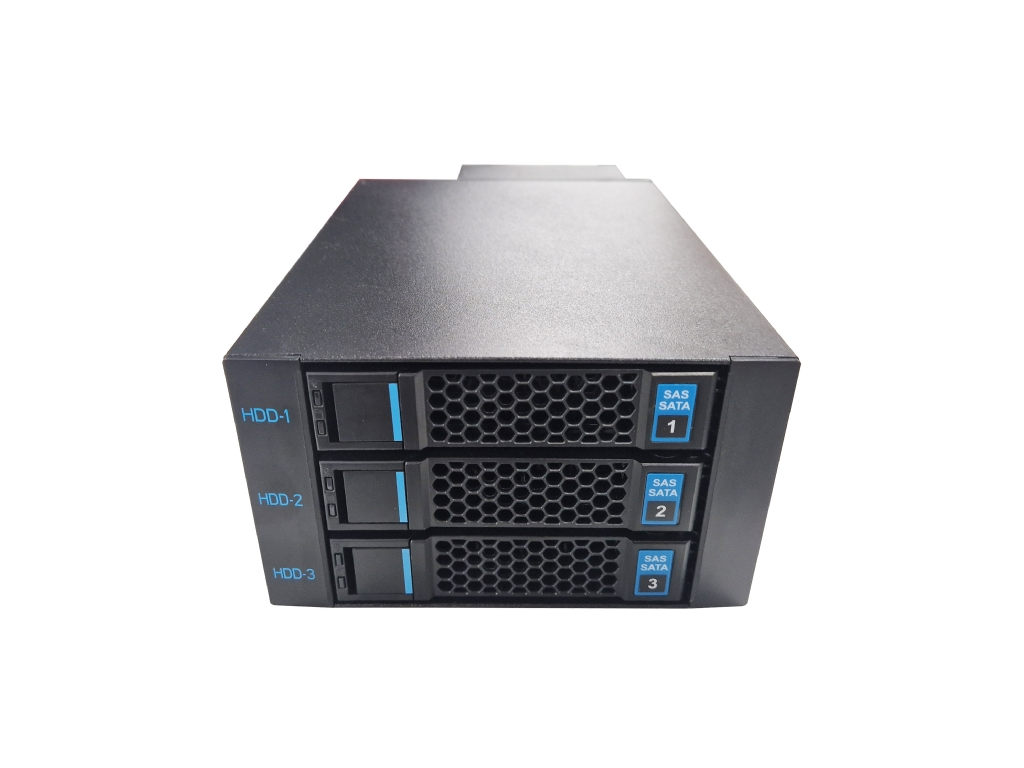I am a Computer Hardware professional. I started working with computer technology in the early eighties. I have seen the evolution of technology starting with closed platforms like the game console era and then the move toward open platforms like the Home Computer Golden Age. In the last 5 or 10 years, I have witnessed technology changes that are slowly moving away from open hardware designs towards hardware that is locked down and can’t be modified by the user.
NO!!! GOD DAMMIT, NO!!! 2.5" SSD’s JUST NOW GOT CHEAP ENOUGH TO BUY!!! NO!!! FUCK ALL THIS PLANNED OBSOLETE CRAP!!! I’m going to keep buying SSD’s, and I have a whole little system. It’s like NES cartridges.
I buy the big ones as the slave drives, and the little ones as the OS drives. And when I want to swap out, I just turn off my PC, swap out one hard drive for another, and pristo bingo blammo I’m on a tottally different OS.
Wait, you’re swapping hardware to switch to a different OS? Why? Just make a dual boot system
You say “dual”. Whereas I’m thinking more like…20-30 different OS’s. Maybe 50. Could eventually be 100. This may eventually sprawl across multiple PC’s. I’m very early in my days of mad scientist swapping. I just made Linux Mint yesterday, and tonight I’m going to try all these:
https://www.techradar.com/news/best-alternative-operating-systems
Except for the ones that cost money. Plus, I like the idea of inserting cartridges like an old school NES. It’s just satisfying.
That sounds like a nightmare to manage and keep up to date. I would consider using VMs or some other method instead of trying to multiboot dozens of OSes across different physical drives and devices.
Dual boot is a misnomer, you can put as many OSes on a disk as you like
https://www.howtogeek.com/187789/dual-booting-explained-how-you-can-have-multiple-operating-systems-on-your-computer/
And like your link says, you could even run them in virtual machines
It’s the same with NVMe, what do you mean.
Have you ever opened a 2.5" sata ssd? half of the box is empty, it’s just there so you can screw it to the case on the other side. I hope that form factor will die soon. We need nvme in m.2 format for everything small, and 3.5" for servers. 2.5" should disappear.
NO! I JUST BOUGHT LIKE $600 WORTH OF DRIVES AND EQUIPMENT TO MAKE MY COMPUTER A FRONT LOADER!!! And I’m going to buy several 4TB drives in this form factor…just over the coarse of the next few years. Maybe like 10 of them in 5 years.
I don’t said your devices will stop working, you misunderstand the whole conversation. Form factors change all time, I have here a 5.25" 8 MB HDD next to me. “Planned obsolescence” that I can’t use a 30 years old component? You can hardly buy a motherboard with floppy or IDE/PATA ports. Do you also miss them?
I mean, it’s expected that new devices won’t have all the old ports, like USB killed all the serial and parallel and other terrible single use ports, thanks god. You can always buy dongles, like, I have IDE-USB converter so I can still use my old devices. I recently bought a laptop IDE-m.2 converter, so I can use m.2 sata SSD in a Win-98 era laptop. Where is this obsolescence, I could work it around easily. SATA won’t disappear, and 2.5" to 3.5" adapters are cheap as hell, as it’s just a plastic frame.
I’m still using the 5.25" drive bays in my computer…
spoiler
…to hold 3.5" drives, LOL
What they need to do is take that mostly empty 2.5" drive, and cram it full of flash chips. Why have we been stuck with 8TB as the largest consumer drives for a few years now? I can understand it a bit for NVMe due to the physical form factor, but there’s no excuse for 2.5" drives. It doesn’t seem that complicated. For example, all Samsung would have to do is take the 2.5" 8TB 870 QVO, double the number of chips in it, then sell it for twice the price. I’d buy one.
Presumably the demand isn’t there, £1200 is a lot for a consumer drive and spinning rust is 1/3 the price.
Demand might be low, but on the other hand the cost to develop and manufacture a run of the drives may not be too high either.
I do have to say the increase in flash memory prices haven’t helped. A year ago I bought the Samsung 8TB drive for $300 (US). If they had a 16TB model for $600-$700 I would have bought it.
2.5in is rather common in servers these days.
The consumer grade 2.5" drives may be half empty, but the enterprise grade ones are mostly heatsink so they don’t thermal throttle within a minute of heavy use. M.2 drives are way too small. It was fine for SATA speeds, but not for the PCIe 5 NVMe drives.
In the sense that the card edge connector plugs directly into a slot on the motherboard instead of being connected via a cable, M.2 drives are more like NES cartridges than 2.5" drives are.